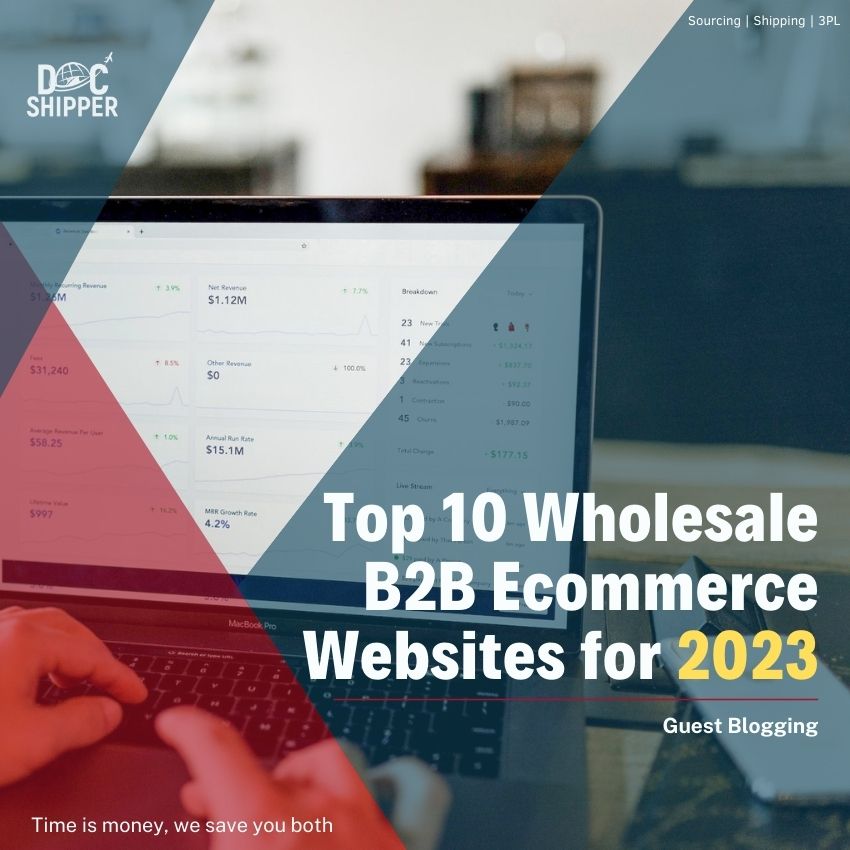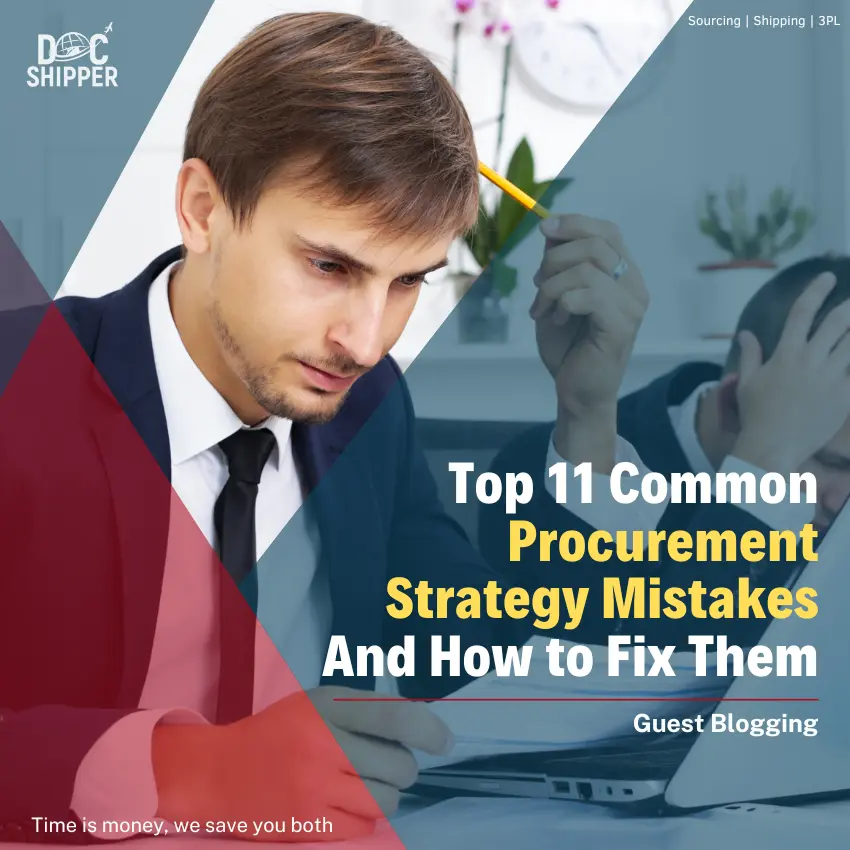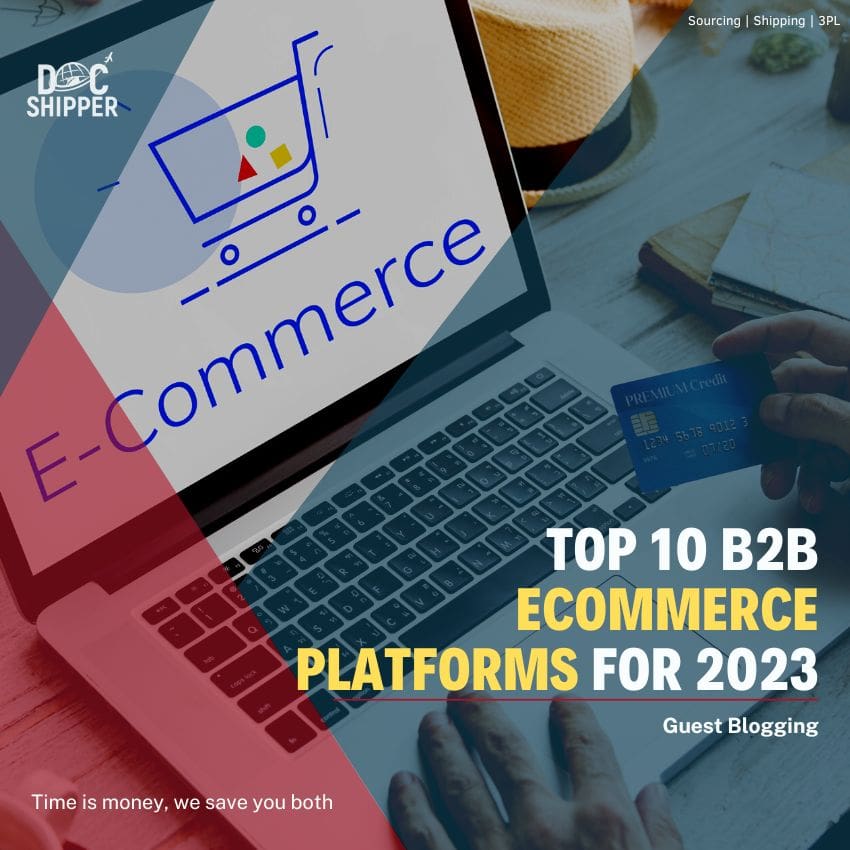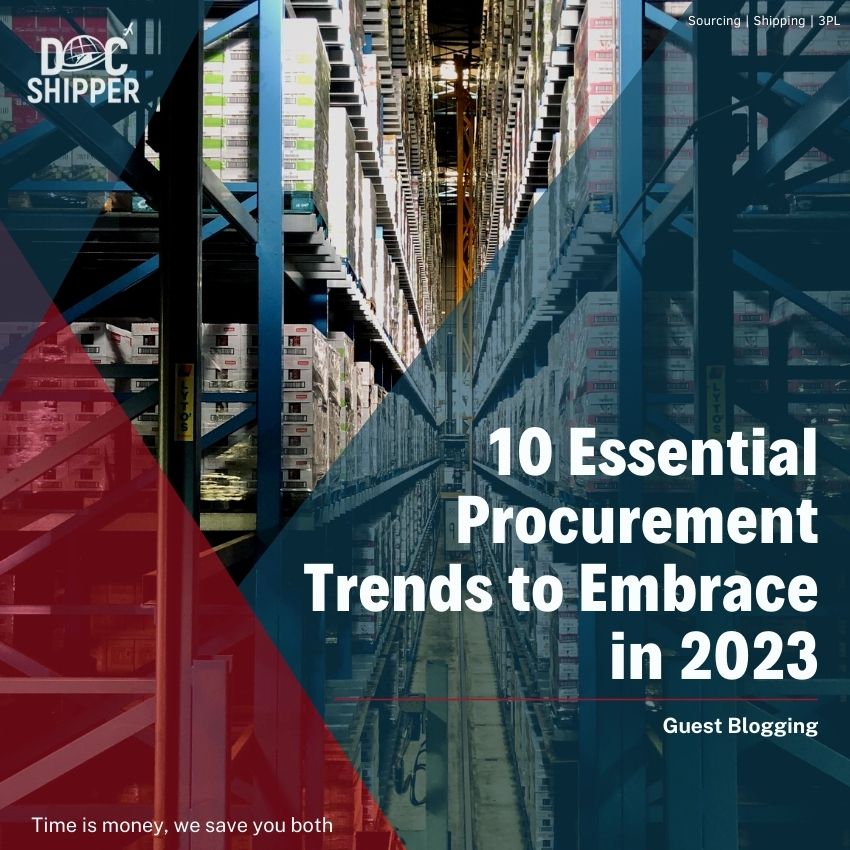Sustainable Logistics – Green Shipping & Carbon Rules
Introduction The whole global logistics is changing. In fact, freight and warehousing have been the main contributors of about 7% of the total global greenhouse
Track Packages: Never Lose a Package Again Worldwide
Introduction Nothing frustrates businesses and consumers quite like a lost or delayed package. Whether you’re a small business shipping across town or a retailer sending
Logistics Industry Analysis: Trends, Forecast [2023 – 2024]
The logistics industry is an ever-evolving sector that plays a vital role in connecting businesses and consumers across the globe. From the movement of goods to the
Top 10 B2B Ecommerce websites to buy Wholesale products in 2025
The global business-to-business (B2B) eCommerce market is set to double by 2023, and the B2B market is estimated to be around $13 trillion. As businesses
Top 11 Common Procurement Strategy Mistakes And How to Fix Them
Procurement is a key component of any business, large, or small. Effective procurement strategies allow companies to keep costs down, reduce risk and improve product
What is the best way to ship freight from China?
Half of the products we import are made in China, regardless of whether you are a regular customer or the owner of an online store.
Top 10 B2B eCommerce Platforms for 2025
B2B Platforms have completely revolutionized the whole e-commerce industry. They have left behind all the traditional buying-selling ways and have become the go-to place for
10 essential Sourcing & Procurement Trends to Embrace in 2023
Procurement refers to acquiring goods or services that a company needs to operate. This can include everything from raw materials and production inputs to office
What does the Future of the Trucking Industry look like in 2023?
For a long time, trucking has been a booming industry. It is considered to be the backbone of America’s economy. It is true that the
What are the pros and cons of Moving to Qatar?
Many people are looking to live and work in Qatar, but there are some things that you should know before you take the plunge and
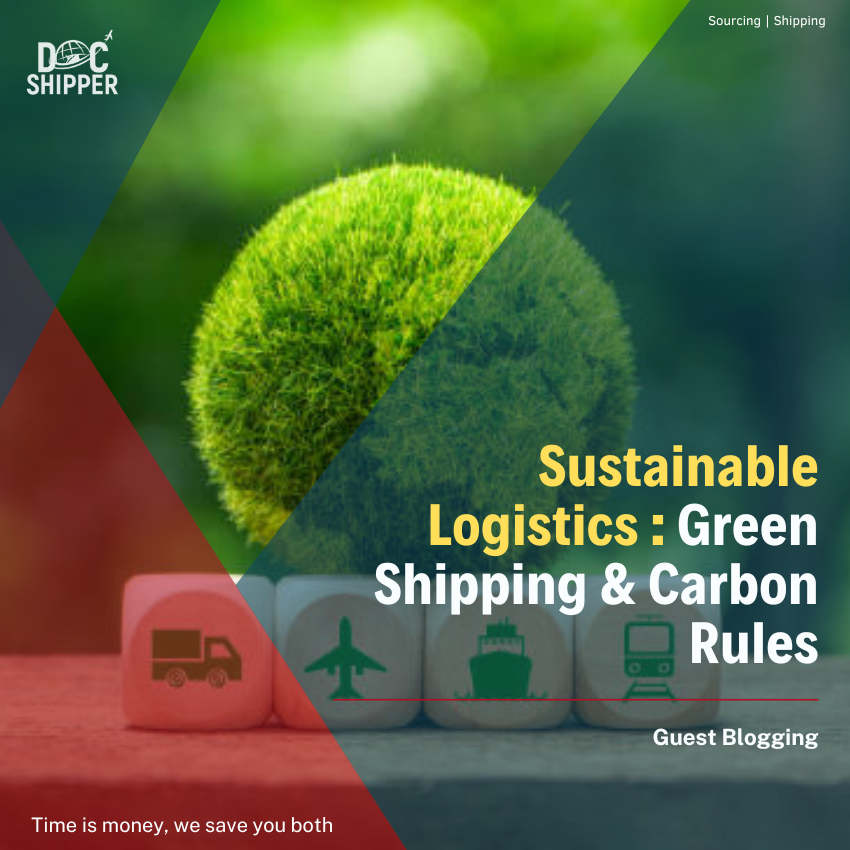
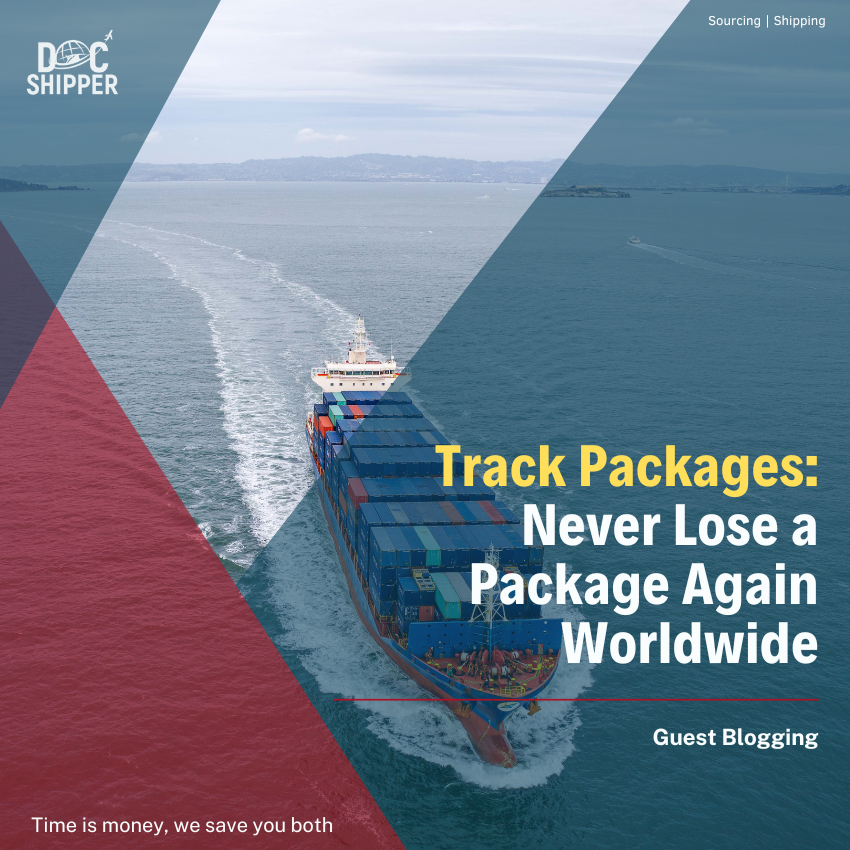
![Logistics Industry Analysis: Trends, Forecast [2023 – 2024]](https://docshipper.com/wp-content/uploads/2023/08/Logistics-Industry-Analysis-Trends-Forecast-2023-2024.jpg)
